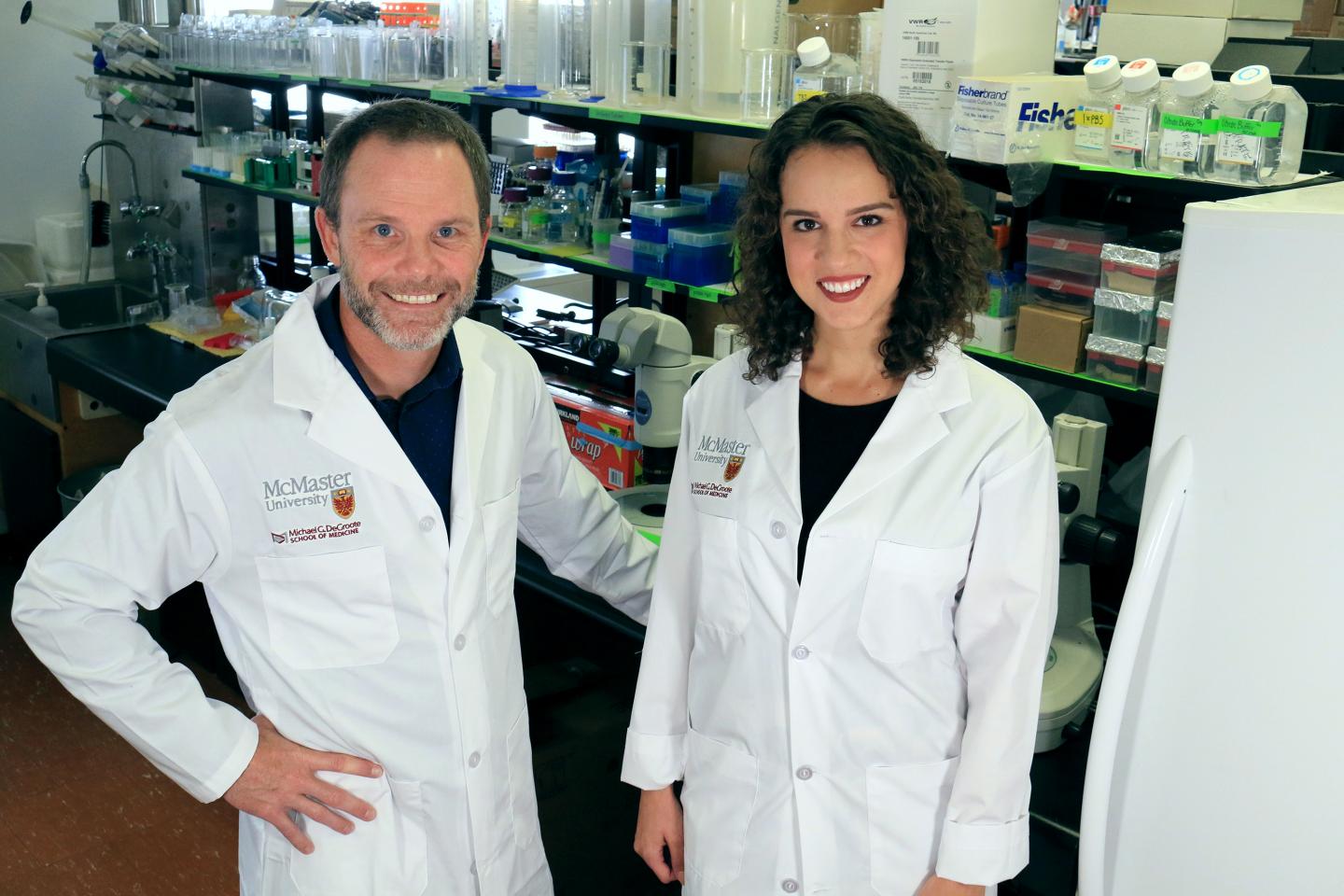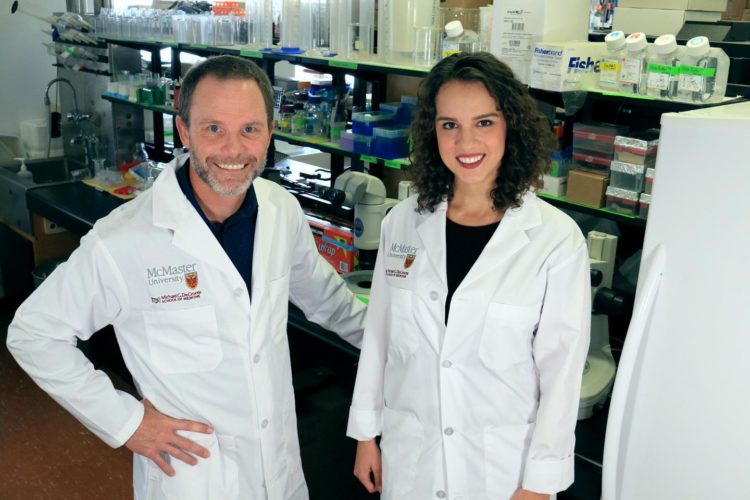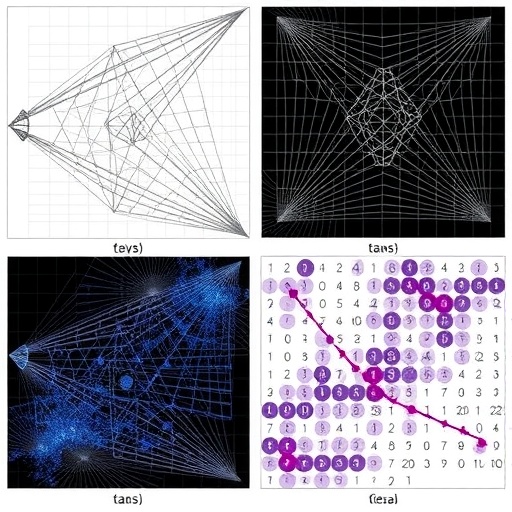
Credit: McMaster University
Hamilton, ON (October 15, 2019) – A study from McMaster University has found a potential mechanism explaining why some people who take drugs to lower their cholesterol develop sore, aching muscles.
The use of statin drugs to significantly lower cholesterol, and ultimately reduce the risk of cardiovascular disease, has become widespread and large-scale studies suggest that nearly half of Americans and a quarter of Canadians are receiving or are eligible for statin treatment.
Unfortunately, a very common side-effect of statin use is the development of muscle pain. In fact, that muscle pain is the primary reason for why people stop taking their statin medication without their physician’s permission.
Understanding why statins cause muscle pain and how this could be treated could remove a significant obstacle for healthcare professionals to effectively manage a patient’s cholesterol and lower their cardiovascular disease risk
The McMaster research team found muscle cells treated with statins released the amino acid called glutamate at much higher levels than muscle cells that were untreated. As glutamate is a potent activator of muscle pain receptors, this release was proposed to trigger the sensation of muscle pain.
Thomas Hawke, senior author of the study and a professor in pathology and molecular medicine at McMaster University said: “We found that statins were able to enter the muscle cells and cause oxidative stress. This resulted in the muscle trying to increase its production of antioxidants to combat this stress. The side-effect of this antioxidant production was the release of glutamate out of the muscle cells.”
Irena Rebalka, first author of the study and a research associate in the Hawke Lab added: “We found that administering some well-known antioxidants, such as Vitamin E, were successful in helping reduce glutamate release. We are now expanding our studies to determine further compounds which could be used in conjunction with a person’s statin prescription to reduce the burden of muscle pain resulting from this drug.”
###
The paper was published today in the American Journal of Physiology- Cell Physiology. The study may be found at https:/
The study was funded in by the Natural Sciences and Engineering Research Council of Canada and the Canada Foundation for Innovation.
Media contact:
Veronica McGuire, Media Relations, Faculty of Health Sciences, McMaster University [email protected] 905-525-9140, ext. 22169
Media Contact
Veronica McGuire
[email protected]
905-525-9140 x22169





